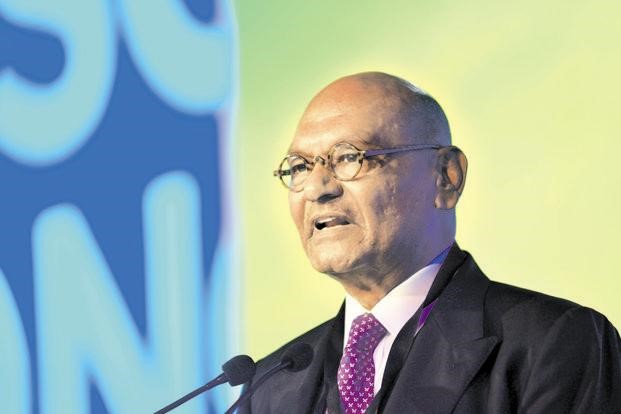

Anil Agarwal, the chairman of the Vedanta Group, seeks Indian investors’ attention for collaboration and investment in the continued development and expansion of Kalahandi alumina refinery in Odisha. Vedanta’s Kalahandi alumina refinery expansion would mark a turning point in the industrial development of the area.

Mr Agarwal generously asked for investments while recollecting the journey of the Kalahandi refinery. He recounted the dreadful circumstances of the area when he first visited in 1985. Since then, he has been committed to introducing change and establishing an industry in Kalahandi.
Kalahandi alumina refinery began its operations in 2007 with a capacity of 2 million tonnes per year, withstanding resistance from neighbourhood organisations and non-governmental groups. The dire situation of the locals in Kalahandi with no food to eat and minimal clothes on bodies made the Indian billionaire businessman determined not to walk away and set up an industry.
“This made me even more determined. Unfortunately, Indian investors did not want to commit to a place they regarded as remote and Naxal-infested. I did not lose hope. I met investors outside India and succeeded in raising 1 billion dollars,” said Mr Agarwal.
He added, “Not just the factory. We had to build everything from scratch: rail, roads and airport. CM Naveen Patnaik laid the foundation stone for the world’s largest alumina refinery. We brought the world’s best technologies and talent. We employed 21,000 people. To maximise employment for locals, we rotated them in three shifts. You won’t believe me, many of these people saw Indian currency notes for the first time in their lives. Seeing the happiness on their faces motivates me to this day.”
Reminiscing his commitment and hard work, Mr Agarwal wholeheartedly appeals to Indian investors to participate in this revolutionary expedition. He believes the joint effort can further develop the refinery and, in turn, the district Kalahandi.
Anil Agarwal’s passionate appeal to Indian inventors reflects his commitment to the development of Kalahandi and his belief in the potential of inclusive advancement.
Responses








